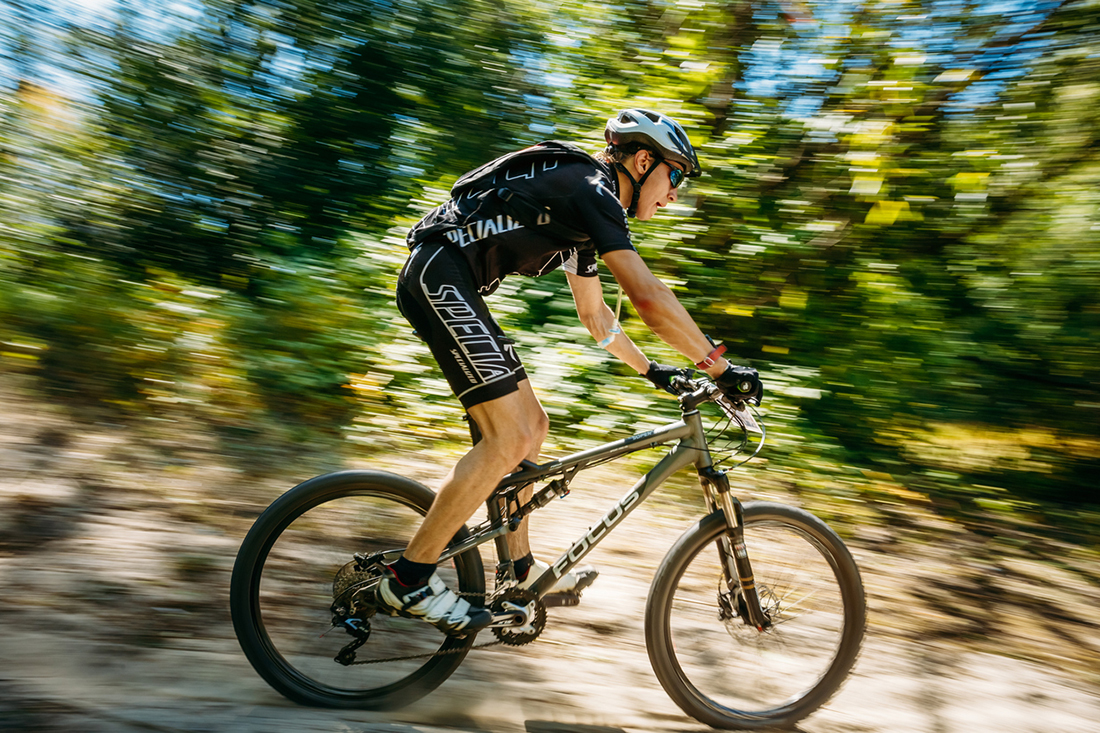Autofocus Modes Explained
At a basic level there are two ways of focusing a lens on your subject, manually and automatically. When you focus manually it’s up to you to determine when the subject is sharp, but when you choose the auto option, the camera does the work.
Modern autofocus systems are extremely capable and in most situations, they will get the subject sharp. However, it’s worth learning a little about your camera’s system to help it do its job quickly.
Autofocus modes
Most cameras offer two autofocus modes which are known as single autofocus (S-AF) and continuous autofocus (C-AF).
In S-AF mode a camera will focus on the subject under the active autofocus point when the shutter release is half-pressed. Once focus is achieved, the AF system won’t adjust the focus any further, even if the subject or the camera moves. If you want to change the focus you need to lift your finger from the shutter release and then depress it halfway again.
Single autofocus mode is a good option when you’re shooting stationary subjects and when you’re using the ‘focus and recompose technique.
In C-AF mode the camera continues to check the focus of the lens for as long as you hold your finger on the shutter release button. That means if the subject moves, the camera will adjust the focus to keep it sharp (provided that the active focus point is over the subject). Continuous autofocus mode is ideal for shooting sport and action.
Many cameras offer a third autofocus option called automatic autofocus mode (A-AF). In this mode, the camera tries to determine whether the subject is stationary or moving, and switches between S-AF and C-AF accordingly. This makes A-AF a useful option for general photography when you don’t know how your subject is likely to behave, however, if you know whether your subject will be still or moving it’s best to use the appropriate AF mode.

AF Point selection modes
In order for a subject to be rendered sharp by an AF system, the active AF point needs to be over it in the viewfinder or on the screen. However, it can be hard to predict where a subject will appear in the frame. Consequently, in addition to individual points, many cameras allow you to select AF points in groups and the camera attempts to identify the correct subject within that area of the frame.
Group focusing options are particularly useful in C-AF mode as it can be hard to keep the active AF point over the subject as it moves. In addition to Single-point AF, for example, the Nikon D5600 offers 9-, 21-, or 39- point dynamic AF mode. In 9-point mode, the photographer selects the starting AF point to use, but if the subject strays away from it the camera automatically uses the surrounding 8 points to keep the subject sharp. In 21-point mode, the surrounding 20 points are used and in 39-point mode, the surrounding 38 points are used.
Using a lower number of AF points increases the chances of the camera getting the focus right, but it’s harder to ensure that you’re holding the active AF points over the subject.

Advanced AF Modes
Some cameras like the Canon 5D Mark IV, Nikon D500 and Fuji X-T2 have options that let you control how the camera’s AF system responds to subject movement. It’s easy to assume that everything should be set to respond quickly, but you need to consider how the subject moves and the shooting situation. If you’re photographing a deer moving through woodland, for example, and a tree comes between you and the animal as you pan, it’s not ideal for the camera to quickly adjust the focus and focus on the tree. It’s better that the camera waits momentarily and then continues to track the deer when it reappears from behind the tree.
It’s worth spending a little time with your camera and its manual to work through the best autofocus set-up to use in your most typical shooting scenarios.
- By Matthew Ward
- 7 Feb 2017



































































